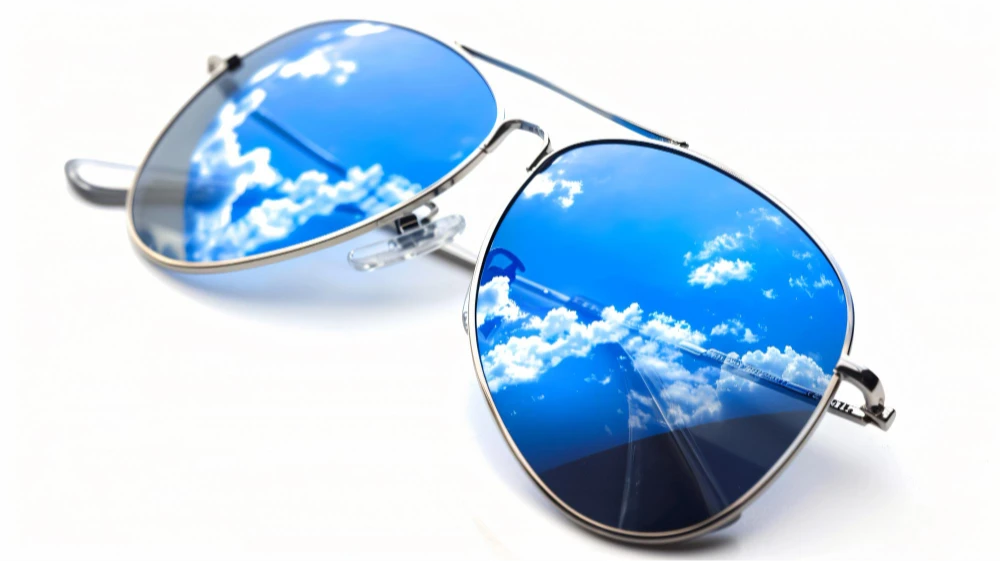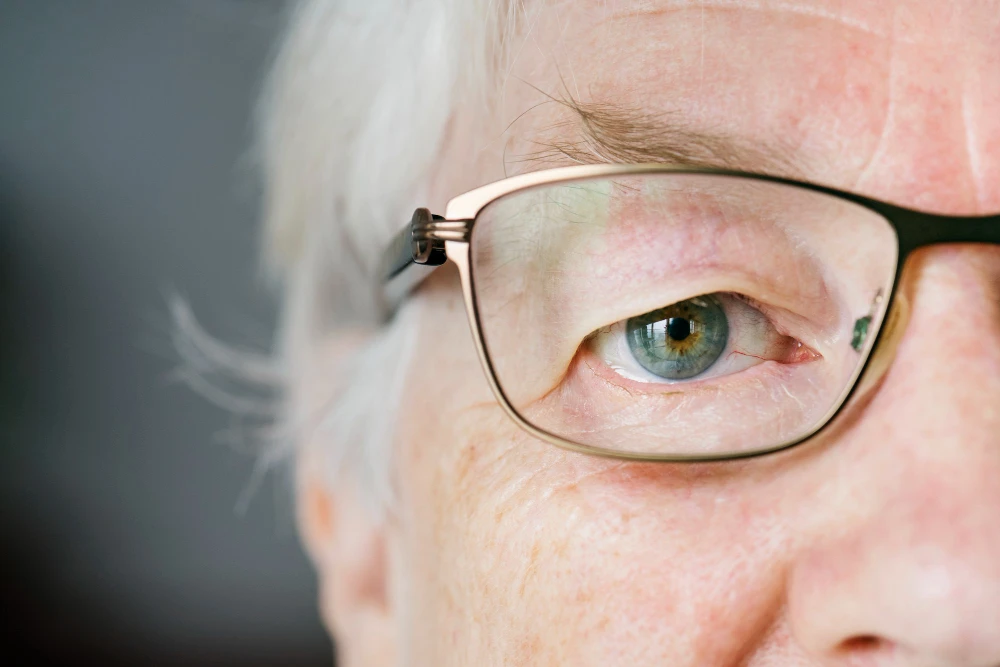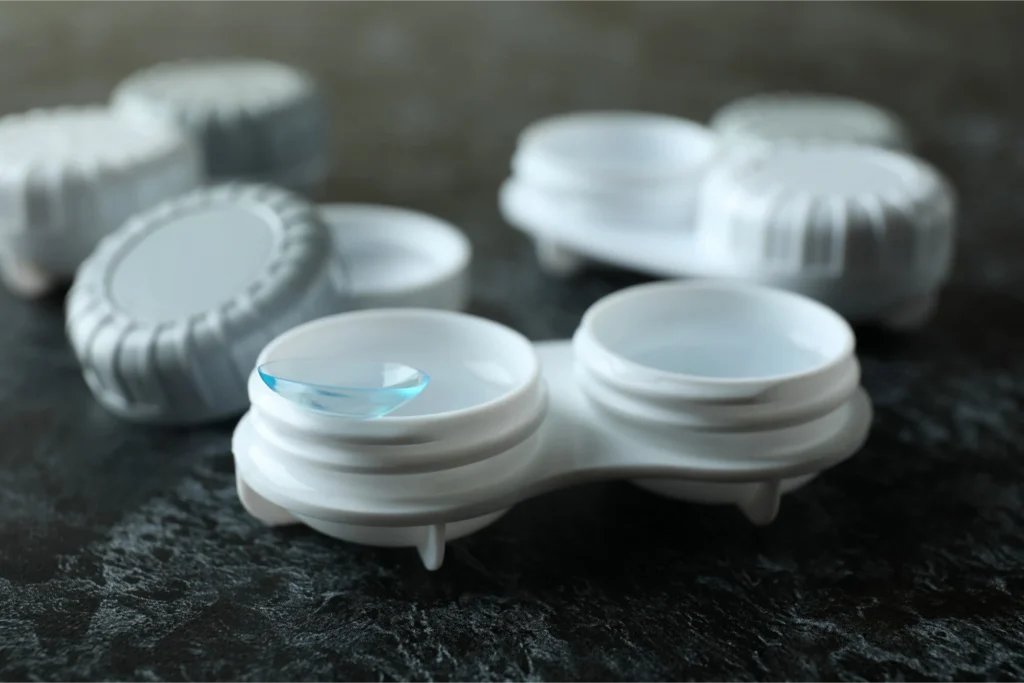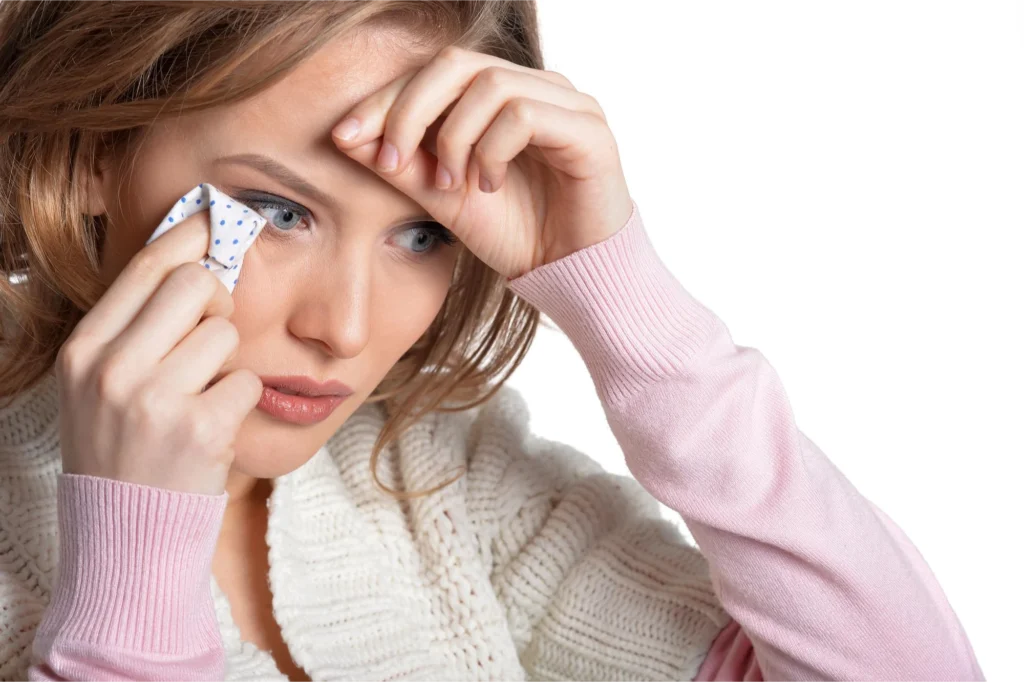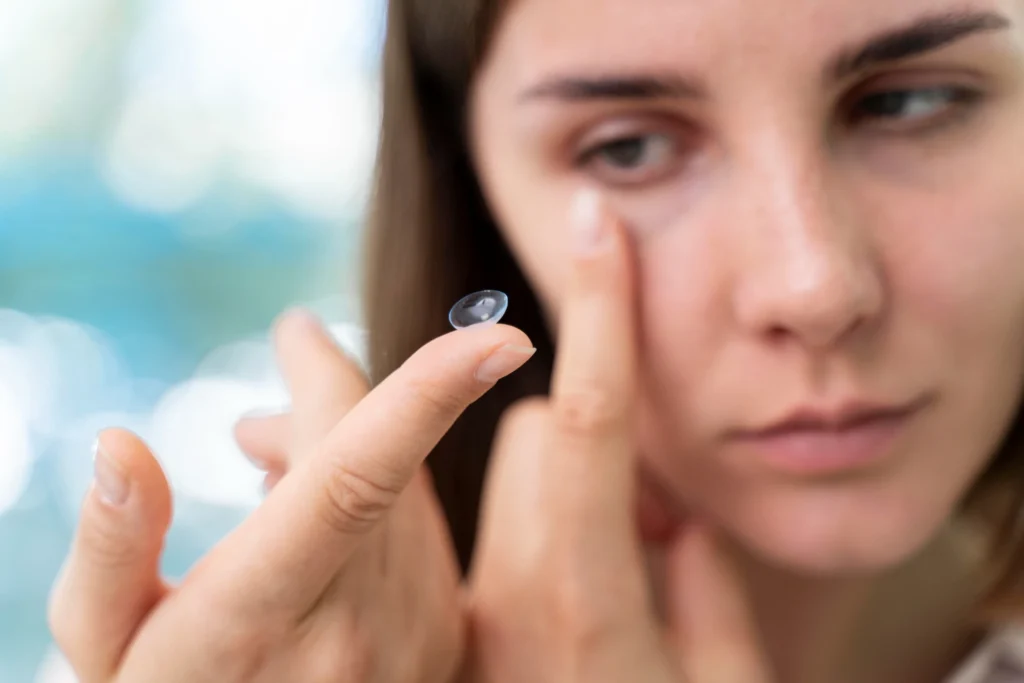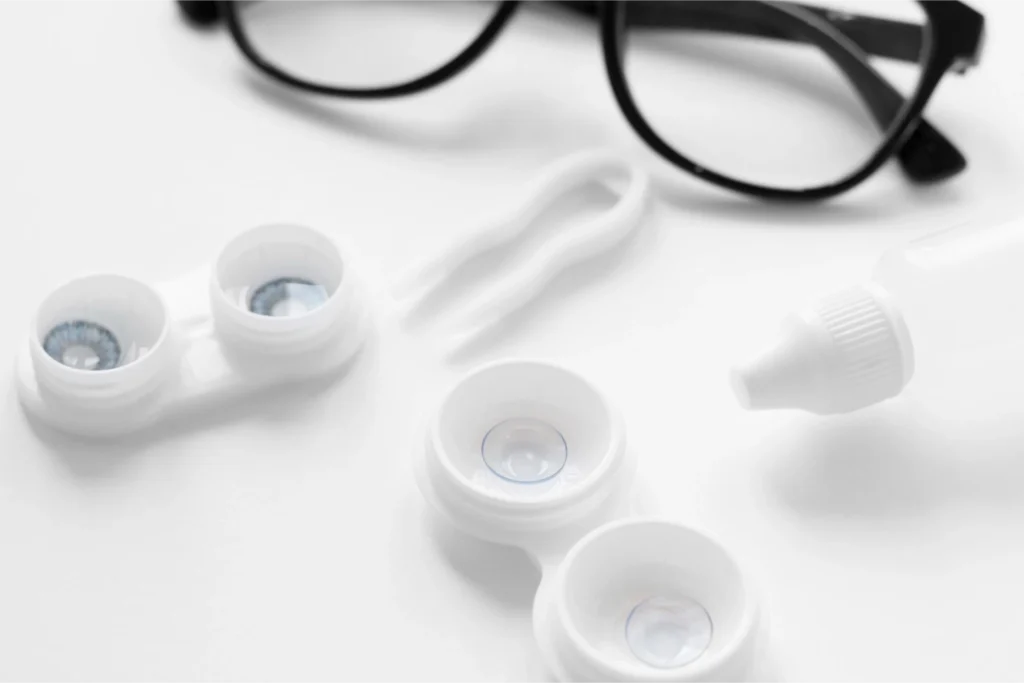A solar eclipse is one of the most awe-inspiring natural phenomena you can witness. The moon passes between the Earth and the sun, temporarily blocking out the sunlight and casting a shadow over parts of the Earth. While this event draws millions of sky-gazers, it also brings a crucial warning: viewing a solar eclipse without proper eye protection can cause serious and permanent eye damage.
A common misconception is that polarized sunglasses provide sufficient protection during a solar eclipse. However, this is far from the truth.
Let’s explore why polarized sunglasses aren’t enough for viewing a solar eclipse and what you should use instead.
Understanding Polarized Sunglasses
What Are Polarized Sunglasses?
The purpose of polarized sunglasses is to lessen glare from reflective surfaces such as glass, snow, and water. They work by filtering out horizontal light waves, which helps to improve visual clarity and reduce eye strain in bright conditions. Polarized lenses are excellent for activities like driving, fishing, and skiing, where glare can be a significant issue.
How Do Polarized Sunglasses Work?
A unique chemical layer in the lenses of polarized sunglasses inhibits part of the light from entering the lens. This film only allows vertical light rays to pass through, while horizontal rays, which cause glare, are absorbed or reflected away.
This technology makes polarized sunglasses great for everyday use in bright environments, but it’s important to understand their limitations when it comes to the use of polarized sunglasses for solar eclipse.
The Dangers of Viewing a Solar Eclipse Without Proper Protection
Solar Retinopathy: The Risk You Can’t Ignore
The sun emits intense ultraviolet (UV) and infrared radiation, which can cause significant damage to your eyes if you stare directly at it. During a solar eclipse, even though the sun is partially obscured, these harmful rays are still present. Exposure to this radiation can lead to solar retinopathy, a condition where the retina is damaged by the intense light, potentially causing permanent vision loss.
Why Polarized Sunglasses Fall Short
Polarized sunglasses are designed to reduce glare and improve comfort in bright conditions, but they do not offer adequate protection against the intense light and radiation of a solar eclipse. The lenses are not dark enough, nor do they filter out the harmful ultraviolet and infrared rays that can damage your eyes. Simply put, wearing polarized sunglasses during a solar eclipse is like trying to block out a spotlight with a thin curtain—it’s not going to work.
What You Need: Solar Eclipse Glasses
Certified Solar Eclipse Glasses
Can you watch eclipse with sunglasses?
Well, to safely view a solar eclipse, you need to use certified solar eclipse glasses. These glasses are specifically designed to block out more than 99.999% of the sun’s harmful rays, allowing you to look directly at the eclipse without risking eye damage. They meet the international safety standard ISO 12312-2, which ensures they provide adequate protection for your eyes.
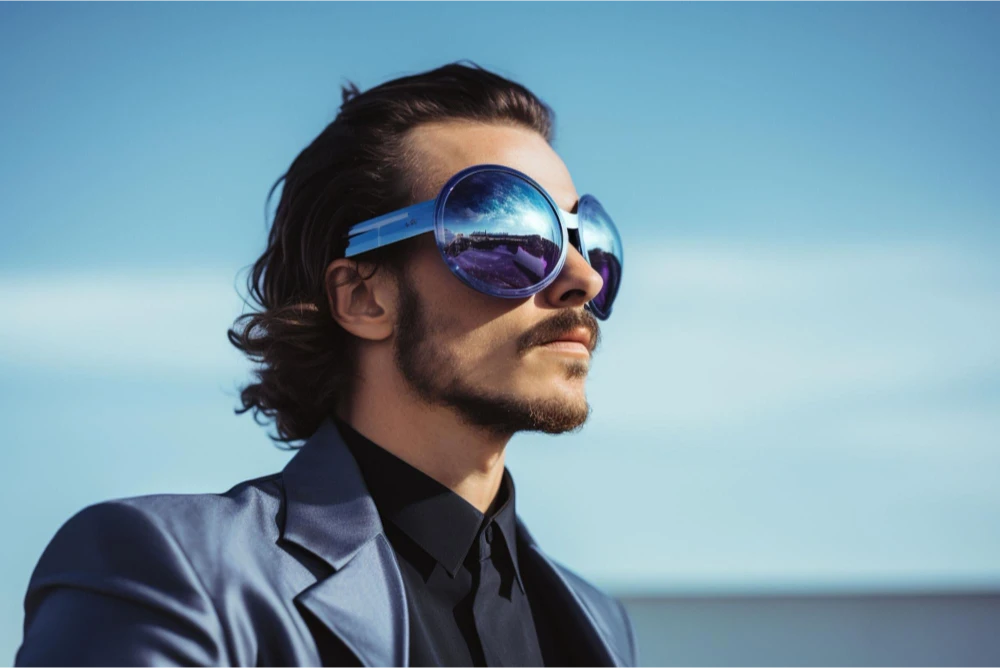
How Solar Eclipse Glasses Work
Solar eclipse glasses are made with special filters that reduce the sun’s brightness to a safe level. The lenses are typically made from black polymer or a similar material that blocks out harmful rays while allowing you to see the sun as a dim, orange disc. When wearing these glasses, the only thing you should be able to see is the sun. If you can see other objects around you, the glasses are not safe for eclipse viewing.
Where to Buy Solar Eclipse Glasses
Solar eclipse glasses are widely available online and at many retail stores, especially in the weeks leading up to an eclipse. However, it’s crucial to purchase from a reputable source to ensure the glasses are certified and meet safety standards. Avoid buying from unknown sellers or using glasses that are scratched or damaged, as they may not provide the necessary protection.
Alternatives to Solar Eclipse Glasses
Pinhole Projector
A pinhole projector is a simple and safe substitute for solar eclipse glasses if you do not have access to them. This simple device allows you to view the eclipse indirectly by projecting the sun’s image onto a surface.
You can make a pinhole projector using a piece of cardboard or paper with a small hole in it, which casts a shadow of the sun on the ground or another surface.
Welder’s Glass
Another option is using welder’s glass rated at shade 14 or higher. This type of glass is specifically designed to block out the intense light produced by welding arcs, making it safe for viewing a solar eclipse.
However, it’s important to ensure the glass is rated correctly, as anything below shade 14 does not offer adequate protection.
Common Myths About Solar Eclipse Viewing
Myth: Polarized Sunglasses Offer Enough Protection
One of the most pervasive myths is that polarized sunglasses can protect your eyes during a solar eclipse. As we’ve discussed, this is not true. Polarized sunglasses are not designed to filter out the harmful radiation that can cause solar retinopathy.
Myth: Watching a Solar Eclipse Through a Camera or Smartphone Is Safe
Another common misconception is that watching a solar eclipse through a camera, smartphone, or telescope is safe. In reality, these devices do not provide adequate protection, and the concentrated light can even damage the sensors in cameras and phones.
Myth: Clouds or Overcast Weather Make It Safe to Watch Without Protection
Some people believe that if the sun is partially obscured by clouds, it’s safe to view the eclipse without protection. However, even when the sun is covered by clouds, its harmful rays can still penetrate and cause damage to your eyes.
Choose Vision Gallery!
At Vision Gallery, we care about your eye health and safety. Whether you need everyday sunglasses, prescription lenses, or certified solar eclipse glasses, we’ve got you covered. Visit Vision Gallery today to explore our full range of eye protection solutions. Let us help you enjoy every moment with clear and safe vision.
